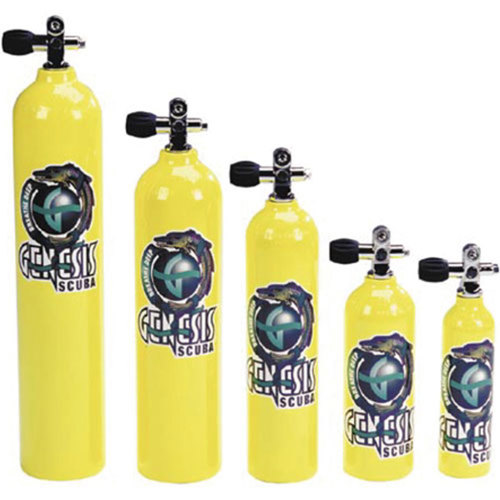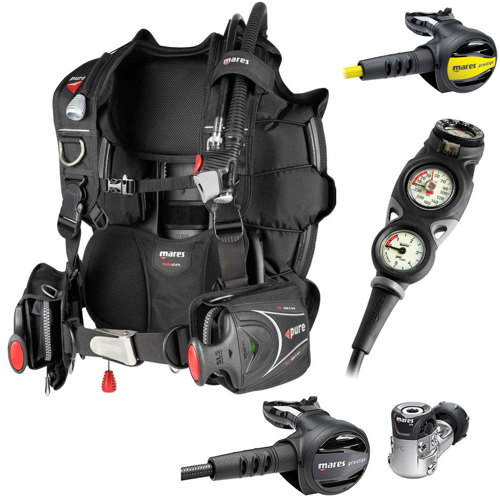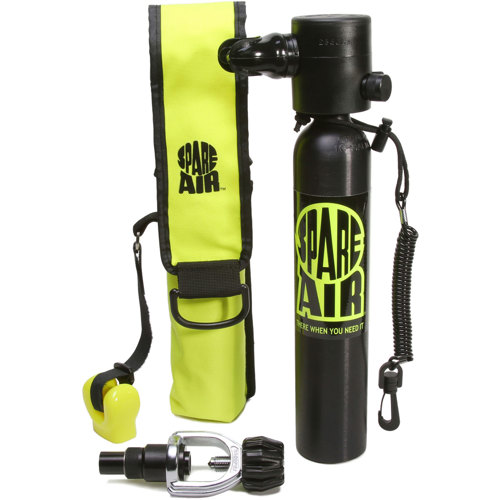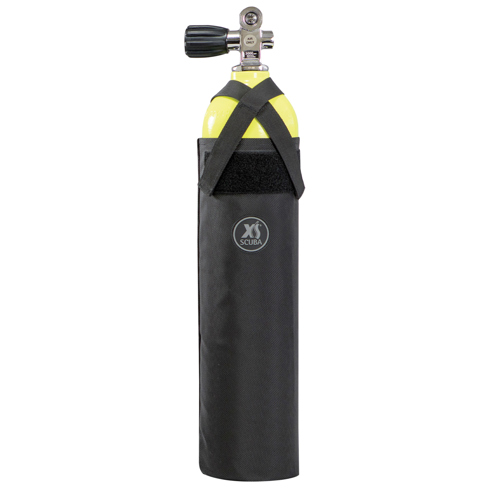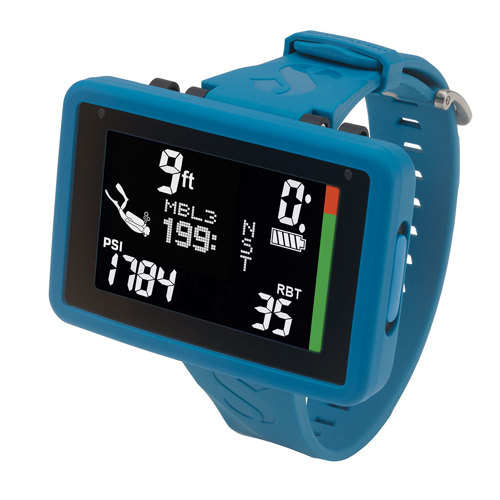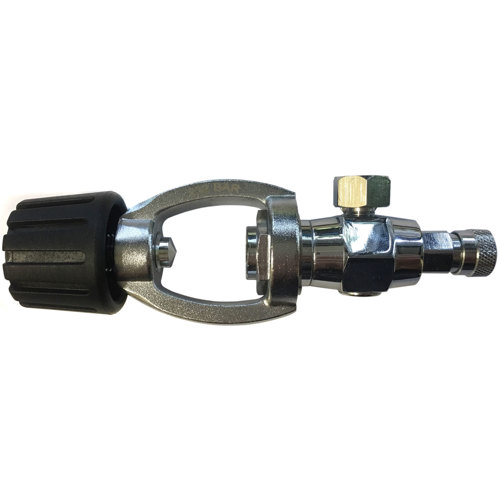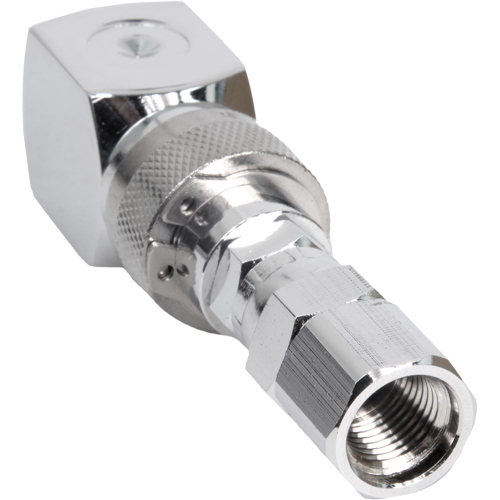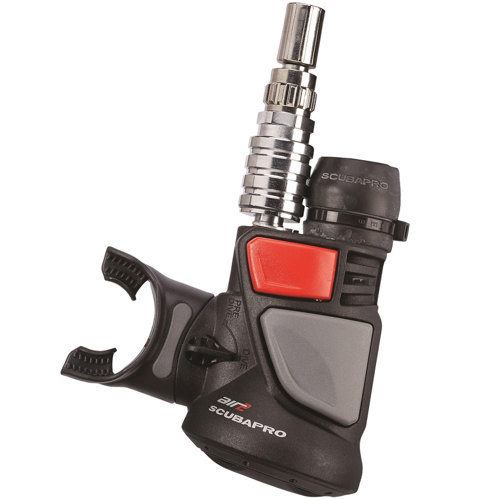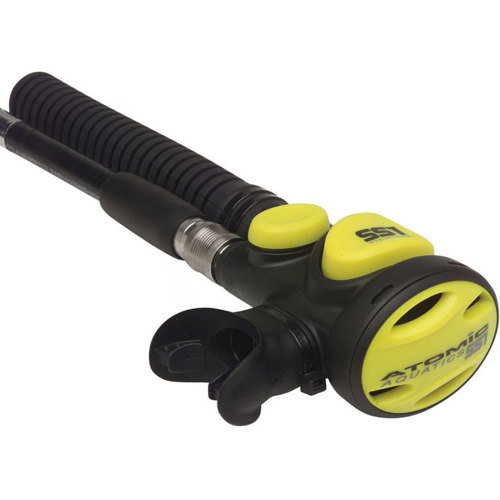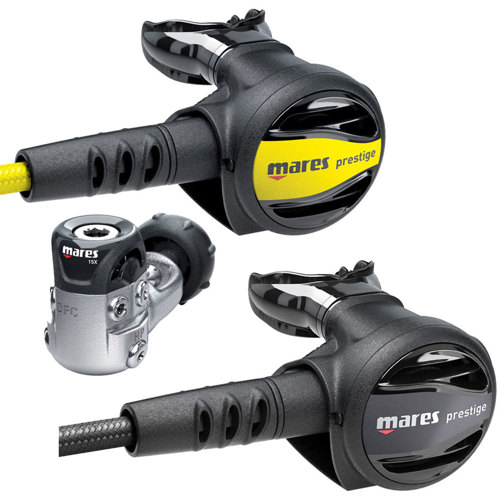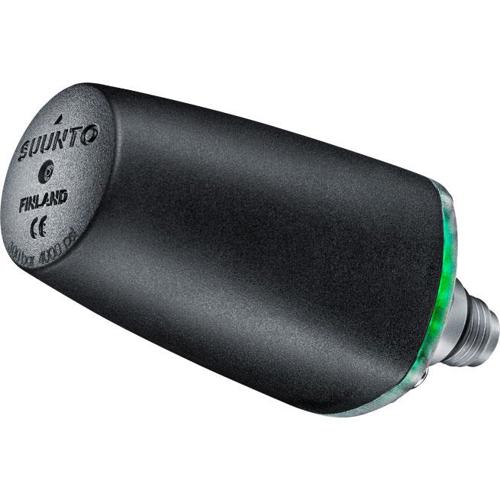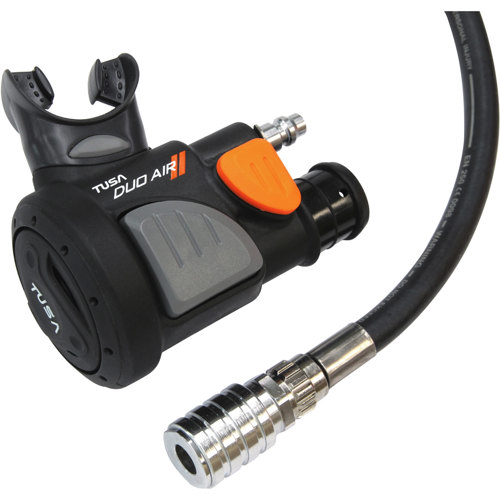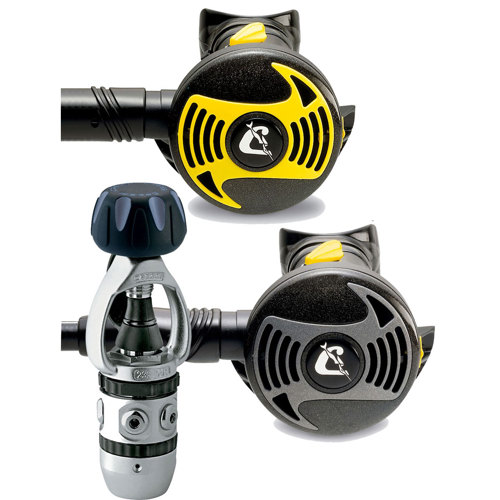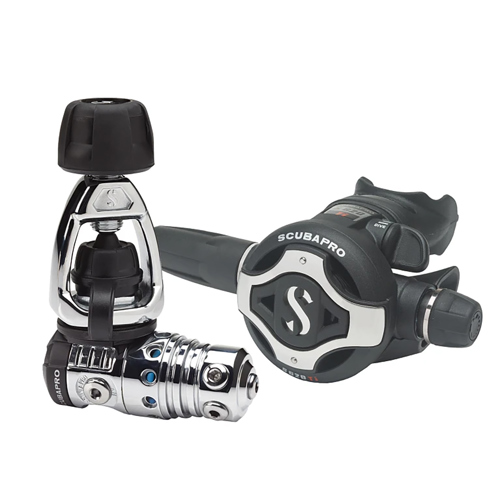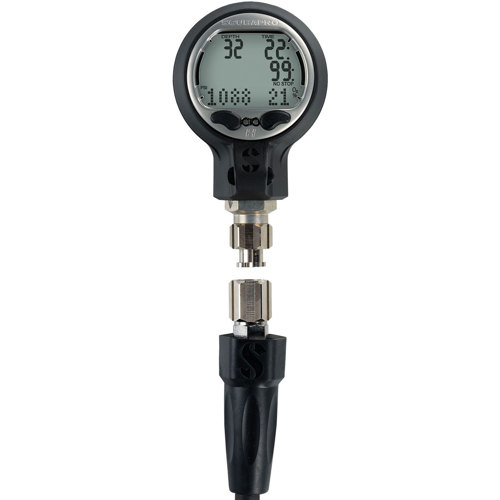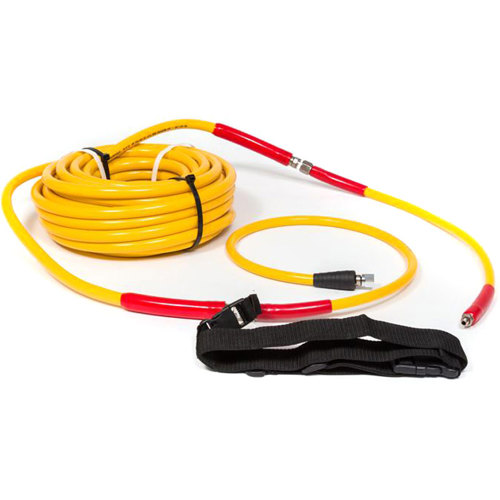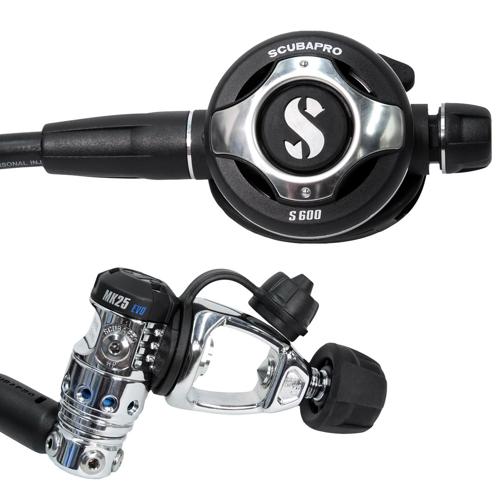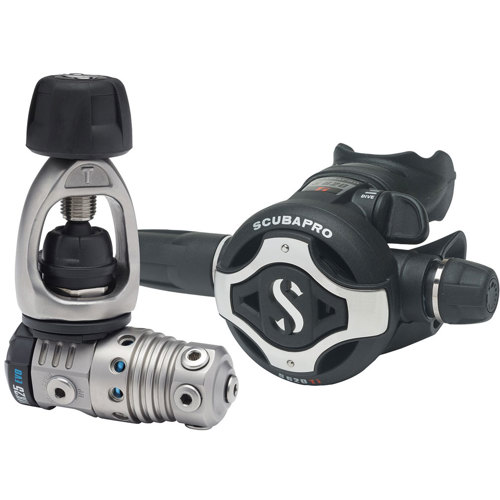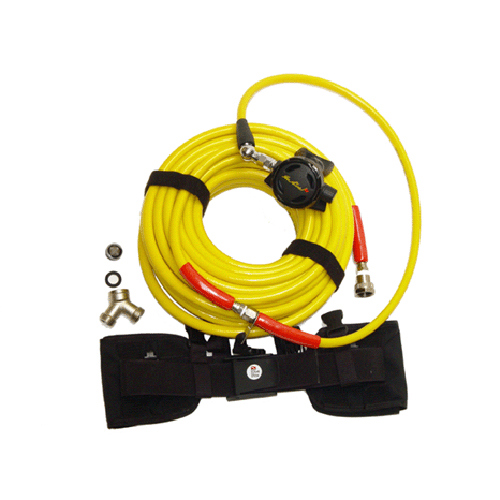Redundant Air Systems
Redundant air systems are a cornerstone of dive safety, offering peace of mind and an extra layer of protection for divers who want to ensure every underwater adventure ends safely at the surface. These systems, which include completely separate air supplies and delivery mechanisms, are engineered to function independently from a diver’s primary tank and regulator. Their importance becomes especially clear in scenarios where a primary air source might fail—whether due to equipment malfunction, entanglement, or unforeseen underwater incidents. Seasoned divers often recall stories from their training or real-world dives where redundancy made all the difference: a pony bottle tucked neatly alongside the main cylinder, or a compact backup regulator clipped and ready for immediate deployment, transforming a potentially hazardous situation into a controlled and calm ascent. For those venturing into deeper or more complex dive environments, such as wrecks, caverns, or cold-water sites where equipment is put to the test, a redundant air system is not just a recommendation—it's a vital component of responsible dive planning.
When considering which redundant air system best fits your needs, it’s important to reflect on your dive profile, experience level, and the environments you frequent. Recreational divers exploring local reefs in the warmth of July might favor smaller, easily mounted backup cylinders that provide just enough air for a safe ascent from moderate depths. Technical divers, on the other hand, often opt for backmounted doubles with isolation manifolds, allowing seamless access to gas from either cylinder and supporting the longer, deeper, or more demanding dives that summer often inspires. For travel divers or those who value minimalism, compact self-contained units offer a lightweight solution that’s always within reach, though they provide a more limited air supply. Maintenance and training are just as important as the equipment itself—regular practice deploying your backup system and ensuring it’s fully serviced can make the difference in an emergency. Many divers share the ritual of checking both primary and redundant systems before every dive, a simple habit that fosters confidence and safety.
Redundant air systems also make thoughtful gifts for divers who are progressing in their training or exploring new types of diving. Gifting a backup air supply can symbolize a shared commitment to safety and adventure, whether for a family member preparing for their first drift dive or a buddy gearing up for a summer expedition to a favorite wreck site. The variety of systems available means there’s an option to suit every diver’s style and experience, from compact units for the casual explorer to robust setups for the technical enthusiast. As you browse our selection, consider the advantages of each configuration and how it aligns with your diving goals and local conditions. For those seeking to explore a more comprehensive range of options and learn about the different types of backup systems available, our dedicated page on
Redundant Air Tanks provides in-depth information to help you make an informed decision. Investing in a redundant air system is a proactive step towards safer, more confident diving—ensuring every underwater experience is as secure and enjoyable as possible.
Top Picks For Redundant Air Systems

